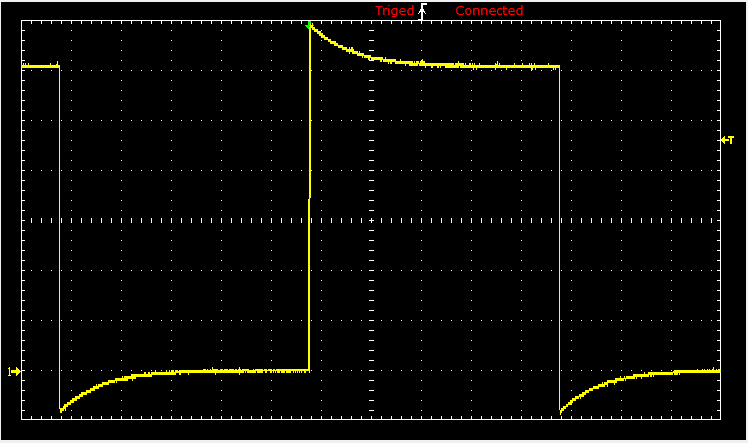| Adjugate (or classical adjoint): |
The matrix adj A formed from a square matrix A by replacing the .i; j /-entry of A by the .i; j /-cofactor, for all i and j , and then transposing the
resulting matrix.
|
| Affine combination: |
A linear combination of vectors (points in Rn ) in which the sum of the weights involved is 1. |
| Affine dependence relation: |
An equation of the form c1 v1 C ! ! ! C cp vp D 0, where the weights c1 ; : : : ; cp are not all zero, and c1 C ! ! ! C cp D 0. |
| Affine hull (or affine span) of a set S: |
The set of all affine combinations of points in S , denoted by aff S. |
| Affinely dependent set: |
A set fv1 ; : : : ; vp g in Rn such that there are real numbers c1 ; : : : ; cp , not all zero, such that c1 C ! ! ! C cp D 0 and c1 v1 C ! ! ! C cp vp D 0. |
| Affinely independent set: |
A set fv1 ; : : : ; vp g in Rn that is not affinely dependent. |
| Affine set (or affine subset): |
A set S of points such that if p and q are in S , then .1 " t/p C t q 2 S for each real number t. |
| Affine transformation: |
A mapping T W Rn ! Rm of the form T .x/ D Ax C b, with A an m # n matrix and b in Rm. |
| Algebraic multiplicity: |
The multiplicity of an eigenvalue as a root of the characteristic equation. |
| Angle (between nonzero vectors u and v in R2 or R3/: |
The angle # between the two directed line segments from the origin to the points u and v. Related to the scalar product by u ! v D kuk kvk cos # |
| Associative law of multiplication: |
A.BC/ D .AB/C , for all A, B, C. |
| attractor (of a dynamical system in R2): |
The origin when all trajectories tend toward 0. |
| Augmented matrix: |
A matrix made up of a coefficient matrix for a linear system and one or more columns to the right. Each extra column contains the constants from the right side of a system with the given coefficient matrix. |
| Auxiliary equation: |
A polynomial equation in a variable r, created from the coefficients of a homogeneous difference equation. |
echelon form (or row echelon form, of a matrix): An echelon
matrix that is row equivalent to the given matrix.
echelon matrix (or row echelon matrix): A rectangular matrix
that has three properties: (1) All nonzero rows are above
any row of all zeros. (2) Each leading entry of a row is in
a column to the right of the leading entry of the row above
it. (3) All entries in a column below a leading entry are zero.
eigenfunctions (of a differential equation x0 .t/ D Ax.t/): A
function x.t/ D ve "t , where v is an eigenvector of A and "
is the corresponding eigenvalue.
eigenspace (of A corresponding to "): The set of all solutions
of Ax D "x, where " is an eigenvalue of A. Consists of the
zero vector and all eigenvectors corresponding to ".
eigenvalue (of A): A scalar " such that the equation Ax D "x
has a solution for some nonzero vector x.
eigenvector (of A): A nonzero vector x such that Ax D "x for
some scalar ".
eigenvector basis: A basis consisting entirely of eigenvectors
of a given matrix.
eigenvector decomposition (of x): An equation, x D c1 v1 C
! ! ! C cn vn , expressing x as a linear combination of eigenvectors of a matrix.
elementary matrix: An invertible matrix that results by performing one elementary row operation on an identity matrix.
elementary row operations: (1) (Replacement) Replace one
row by the sum of itself and a multiple of another row.
(2) Interchange two rows. (3) (Scaling) Multiply all entries
in a row by a nonzero constant.
equal vectors: Vectors in Rn whose corresponding entries are
the same.
equilibrium prices: A set of prices for the total output of the
various sectors in an economy, such that the income of each
sector exactly balances its expenses.
equilibrium vector: See steady-state vector.
equivalent (linear) systems: Linear systems with the same
solution set.
exchange model: See Leontief exchange model.
existence question: Asks, “Does a solution to the system exist?” That is, “Is the system consistent?” Also, “Does a
solution of Ax D b exist for all possible b?”
expansion by cofactors: See cofactor expansion.
explicit description (of a subspace W of Rn ): A parametric
representation of W as the set of all linear combinations of
a set of specified vectors.
extreme point (of a convex set S ): A point p in S such that p is
not in the interior of any line segment that lies in S . (That is,
CONFIRMING PAGES
�if x, y are in S and p is on the line segment xy, then p D x
or p D y.)
